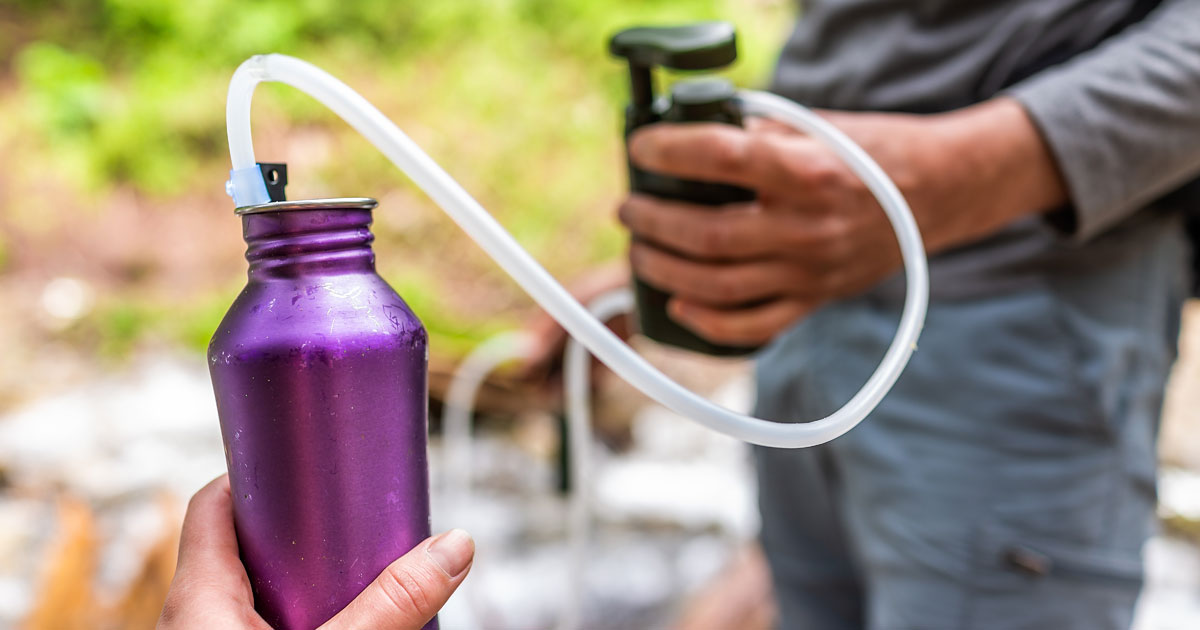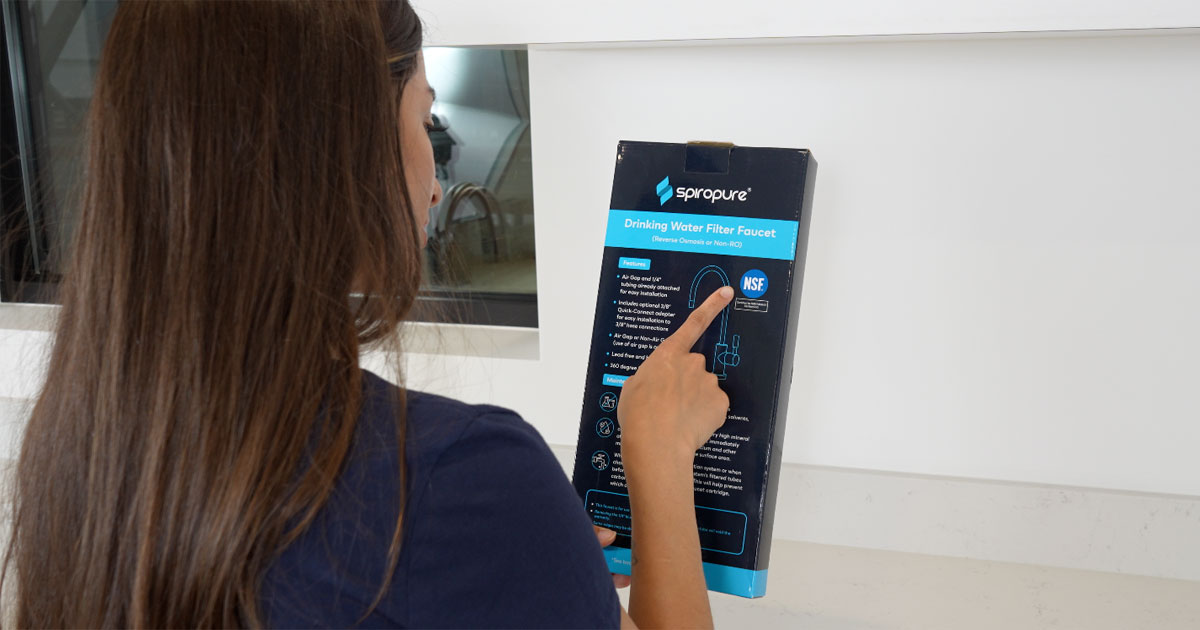Understanding NSF Water Filter Standards: A Complete Certification Guide
 Andrew
September 03, 2025
#certification
#filtertypes
#nsf
Andrew
September 03, 2025
#certification
#filtertypes
#nsf

NSF standards aren't just marketing badges—they represent rigorous, independent testing that validates a filter's ability to remove specific contaminants. Unlike manufacturer claims, NSF certifications require third-party verification through standardized protocols that measure actual performance under controlled conditions.
The NSF/ANSI standards (developed jointly with the American National Standards Institute) focus on different aspects of water treatment, from basic taste improvement to serious health protection. Each certification targets specific contaminants and performance benchmarks, which means understanding these distinctions helps you choose filters that address your particular water quality concerns.
The Starting Lineup (Key NSF Standards for Water Filtration):
- NSF 42 (Aesthetic Effects): Reduces chlorine, taste, and odor issues
- NSF 53 (Health Effects): Removes harmful contaminants like lead, mercury, and VOCs
- NSF 58 (Reverse Osmosis): Certifies RO systems for comprehensive filtration
- NSF 61 (Drinking Water Components): Ensures materials don't leach harmful substances
- NSF 372 (Lead-Free): Verifies lead-free construction in filter components

The Defensive Line
The most commonly referenced standards—NSF 53 vs 42—address fundamentally different filtration goals. NSF 42 certification focuses on aesthetic improvements, primarily targeting chlorine reduction to improve taste and eliminate the chemical odor that many municipal water systems carry. These filters make water more palatable but don't necessarily address health-related contaminants.
NSF 53 certification tackles serious health concerns by testing filters' ability to remove contaminants that pose genuine health risks. This includes heavy metals like lead and mercury, volatile organic compounds (VOCs), asbestos fibers, and in some cases microbial cysts like Cryptosporidium and Giardia. Lead reduction testing in some states and jurisdictions requires filters to reduce lead levels to 5 micrograms per liter or less. Many high-quality carbon filters carry either NSF 42 or 53 certification.
NSF/ANSI Standard 61 plays a crucial supporting role by ensuring that filter materials themselves don't introduce contaminants into your water. This standard tests every component that contacts drinking water—from filter housings to internal media—to verify they meet strict safety requirements for material composition and potential leaching.
Special Teams Coverage: NSF 58 and Beyond
NSF 58 certification specifically applies to reverse osmosis systems, which use semi-permeable membranes to remove dissolved solids and contaminants that other filtration methods might miss. RO systems certified under NSF 58 must demonstrate effective reduction of total dissolved solids (TDS) along with specific contaminants like nitrates, fluoride, and certain radioactive elements. Our commercial and industrial RO membranes often meet these rigorous standards for professional applications.
NSF 372 certification has become increasingly important as lead contamination concerns have grown. This standard ensures that all filter components meet lead-free requirements consistent with the Safe Drinking Water Act, providing additional assurance that your filtration system won't introduce lead into your drinking water.

For Basic Water Quality Improvement: Look for carbon filters with NSF 42 certification if your primary concerns are chlorine taste and odor. This is often sufficient for municipal water that already meets basic safety standards.
For Health Protection: Prioritize NSF 53 certification when dealing with well water, older plumbing systems, or areas with known contamination issues. Some refrigerator filters carry NSF 53 certification for comprehensive household protection, but due to the expense of the certification, may not always be included. NSF Standard 372 adds sufficient peace of mind, however, by ensuring lead-free components.
For Maximum Filtration: Consider NSF-58-certified reverse osmosis systems when you need the highest level of contaminant removal, particularly for dissolved solids and trace pharmaceuticals.
Understanding these NSF water filter certification standards empowers you to make informed decisions based on your specific water quality needs rather than relying on generic "certified" claims. Remember that certification testing can be contaminant-specific—a filter certified for chlorine reduction isn't automatically certified for lead removal. When evaluating filters, look for specific contaminant reduction claims backed by appropriate certifications for your needs.
For comprehensive guidance on water quality standards and testing protocols, the EPA's drinking water standards provide additional context for understanding why these certifications matter for your health and safety.






